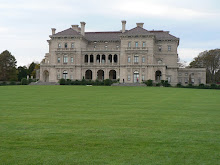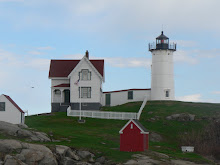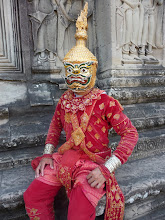
Our last day in Italy was spent in Verona and Milan. Verona was enroute from Venice to Milan, so we decided that, although the site was sure to be overly touristy and probably somewhat kitch, it was worth a stop. After all, the kids would be learning about Romeo and Juliet and the romance that fictionally took place in this Italian village. We went directly to Juliet's house. Of course Shakespeare's play was fictional, so we knew that Juliet didn't really live here, but we found it interesting that the place is a true pilgrimage for the love struck. Hearts and love notes were scrawled on the walls, locks hung on the gates and the line stretched in front of Juliet was full of giddy girls and women who had come to rub Juliet for a little romantic good fortune.
We stopped in the market in Verona for fresh fruit and a little browsing. We found it interesting that Verona was known for Juliet's tourist trap rather than this charming square.

Our last stop in Italy was Milan. Once again, we were just passing through, so we had only one goal in mind, which was to see Da Vinci's Last Supper. For me, it turned out that this was one of the highlights of our adventure. The Last Supper covers the dining hall wall of the Santa Maria delle Grazie monestary. Da Vinci decided to paint on a dry wall with tempera paint rather than create a fresco. The result was a painting that quickly began to deteriorate. Much effort has been put forth in saving the painting, but at the same time, the masterpiece has continuously been damaged over the years. From monks cutting the feet off of Christ to make a larger doorway, and then bricking it back up, to French Revolutionaries climbing up the painting to gouge out the eyes of the apostles, to the building being bombed, to botched restorations, it is quite amazing that Da Vinci's painting is in the condition in which it is in.


The painting specifically gives the reaction of Christ and the apostles at the moment that Christ reveals that one of them will betray him. Following is the analysis for the painting found on wikipedia:
All twelve apostles have different reactions to the news, with various degrees of anger and shock.
- Bartholomew, James, son of Alphaeus and Andrew form a group of three, all are surprised.
- Judas Iscariot, Peter and John form another group of three. Judas is wearing green and blue and is in shadow, looking rather withdrawn and taken aback by the sudden revelation of his plan. He is clutching a small bag, perhaps signifying the silver given to him as payment to betray Jesus, or perhaps a reference to his role within the 12 disciples as treasurer. He is also tipping over the salt shaker. This may be related to the near-Eastern expression to "betray the salt" meaning to betray one's Master. He is the only person to have his elbow on the table and his head is also horizontally the lowest of anyone in the painting. Peter looks angry and is holding a knife pointed away from Christ, perhaps foreshadowing his violent reaction in Gethsemane during Jesus' arrest. The youngest apostle, John, appears to swoon.
- Jesus.
- Apostle Thomas, James the Greater and Philip are the next group of three. Thomas is clearly upset; James the Greater looks stunned, with his arms in the air. Meanwhile, Philip appears to be requesting some explanation.
- Matthew, Jude Thaddeus and Simon the Zealot are the final group of three. Both Jude Thaddeus and Matthew are turned toward Simon, perhaps to find out if he has any answer to their initial questions.
In common with other depictions of The Last Supper from this period, Leonardo seats the diners on one side of the table, so that none of them have their backs to the viewer. Most previous depictions excluded Judas by placing him alone on the opposite side of the table from the other eleven disciples and Jesus or placing halos around all the disciples except Judas. Leonardo instead has Judas lean back into shadow. Jesus is predicting that his betrayer will take the bread at the same time he does to Saints Thomas and James to his left, who react in horror as Jesus points with his left hand to a piece of bread before them. Distracted by the conversation between John and Peter, Judas reaches for a different piece of bread not noticing Jesus too stretching out with his right hand towards it (Matthew 26: 23). The angles and lighting draw attention to Jesus, whose head is located at the
vanishing point for all perspective lines.
The painting contains several references to the number 3, which represents the Christian belief in the Holy Trinity. The Apostles are seated in groupings of three; there are three windows behind Jesus; and the shape of Jesus' figure resembles a triangle. There may have been other references that have since been lost as the painting deteriorated.

































1 comment:
How fun to get your take on the highlights of Verona and Milan. Your photo of the stone balcony in Verona looks very picturesque, even if the place itself was kitschy. I would love to see "The Last Supper." Mom
Post a Comment